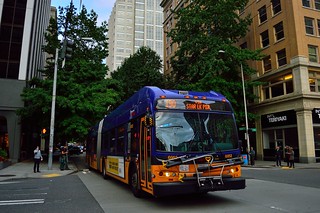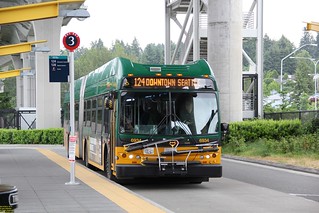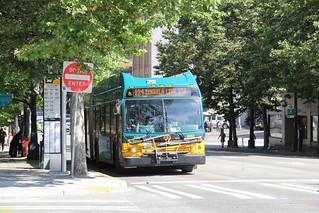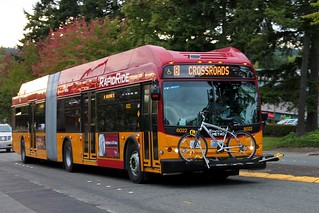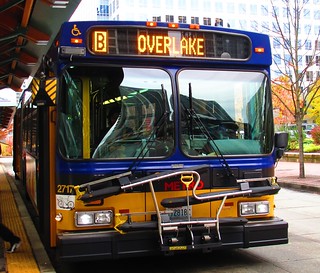Swadian Hardcore
Engineer
Got some pics of Greyhound's J4500 #6992 off GTE. Courtesy [email protected]. Greyhound refurbished all the J4500s and the single 102EL3 they got second-hand, apparently from Coach America for dirt-cheap after that company's bankruptcy. Greyhound removed the lids from the parcel racks, which in this case, is probably a good idea because of how they open inward. With the lids, the J4500 racks can't accommodate more hard size than the D4505, but with no lids, the improvement should be noticeable.
Don't that headsign say "CHICAGO"? I wonder where Greyhound uses these. #6665 is their 102EL3, a 1998. The rest are 2003 and 2005 J4500s, #6987-6994.




Don't that headsign say "CHICAGO"? I wonder where Greyhound uses these. #6665 is their 102EL3, a 1998. The rest are 2003 and 2005 J4500s, #6987-6994.








